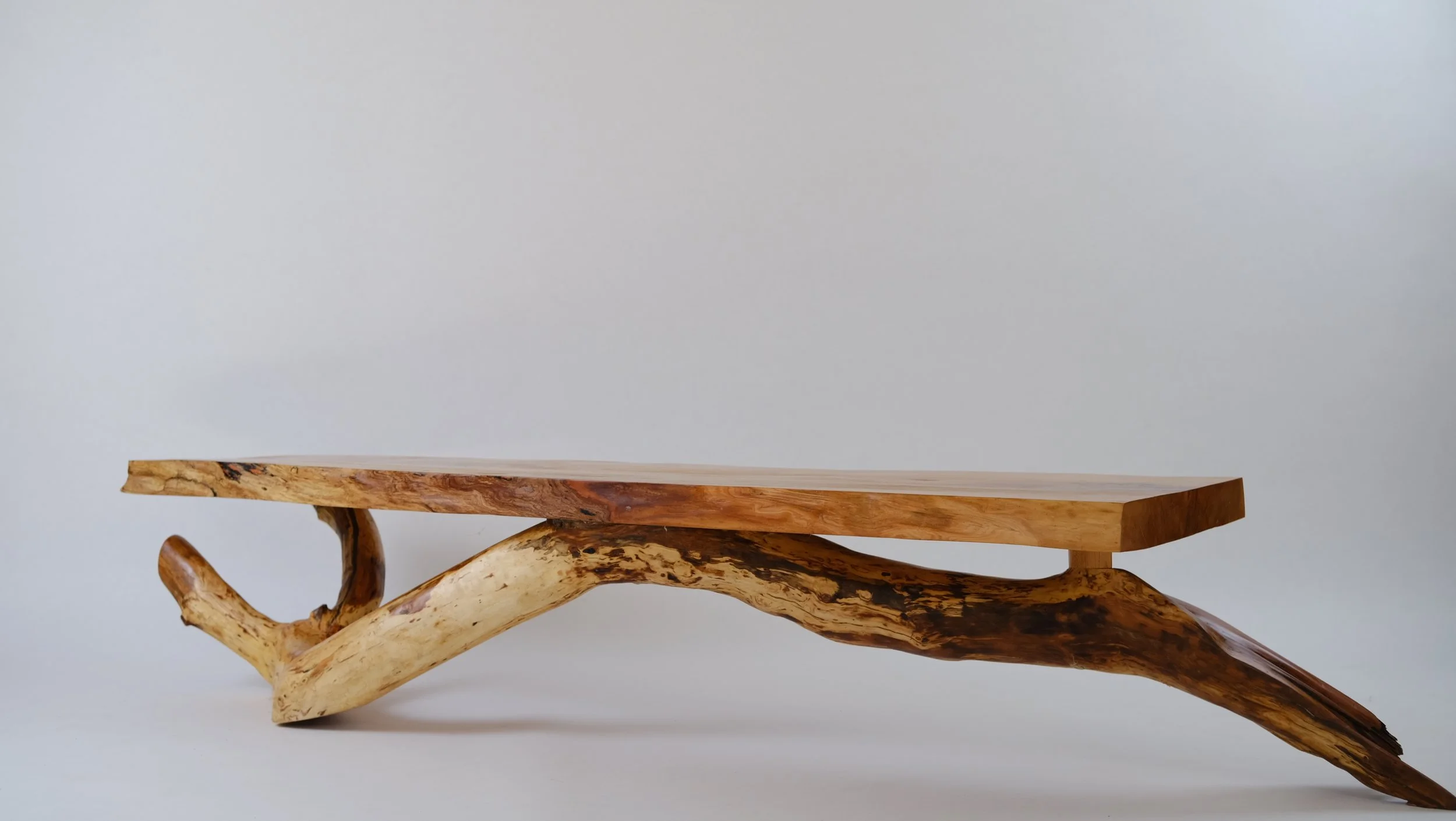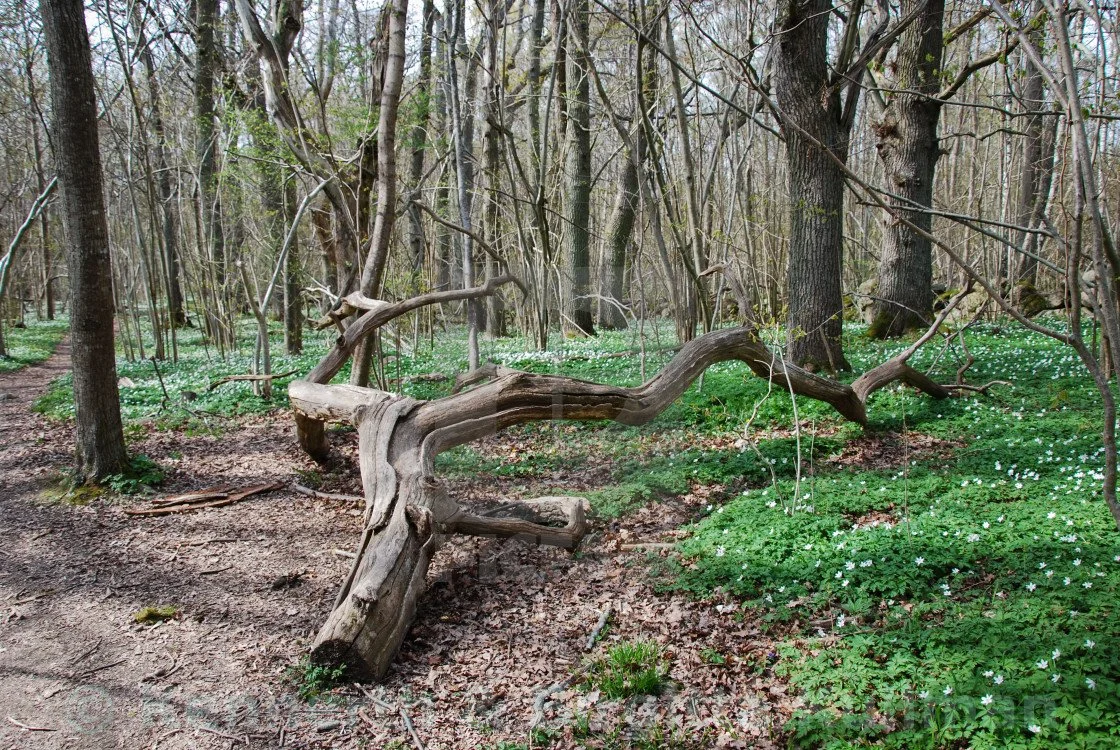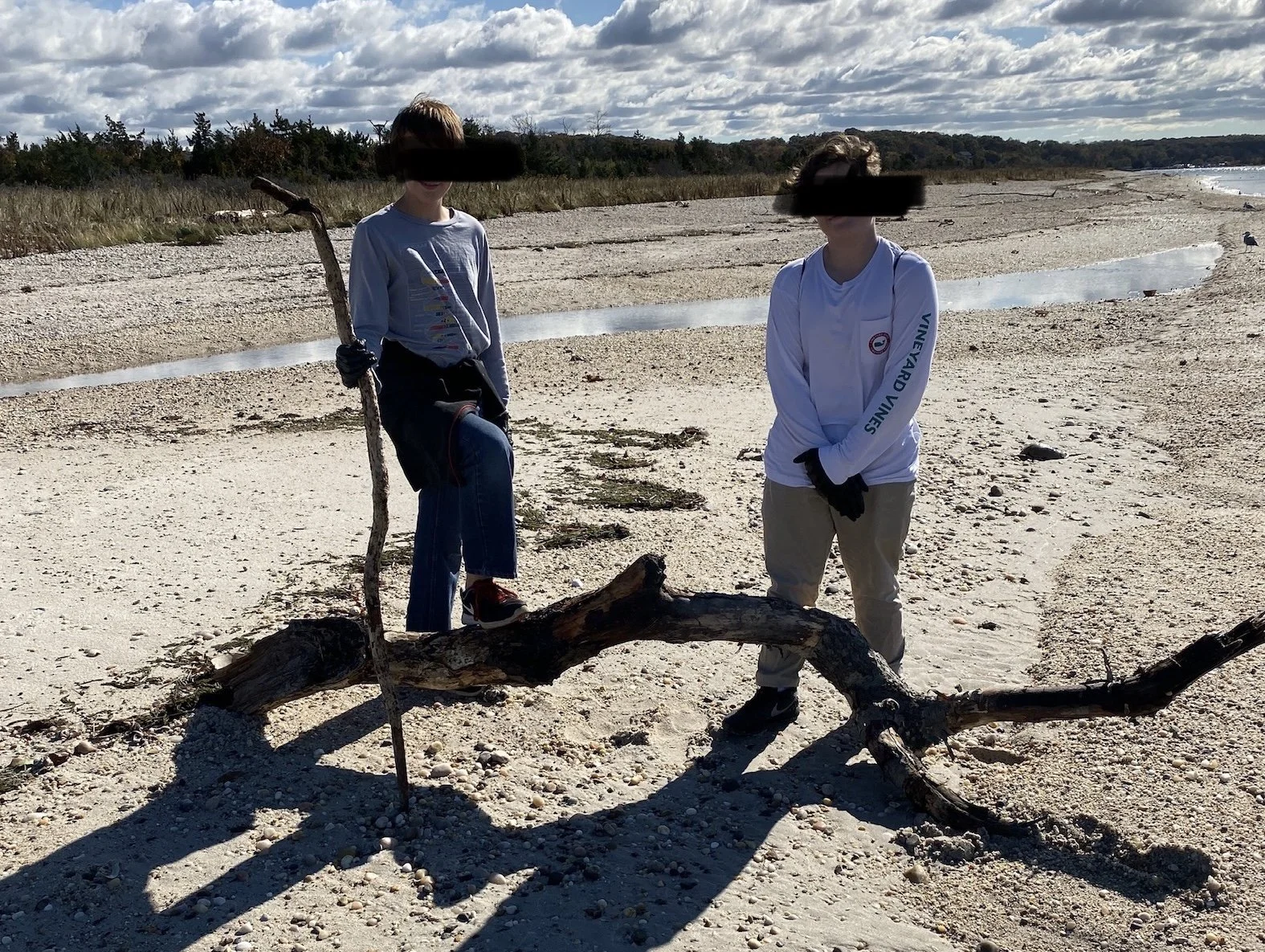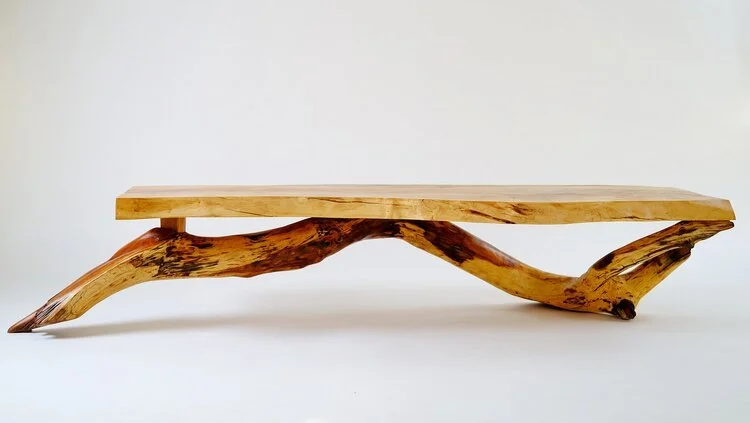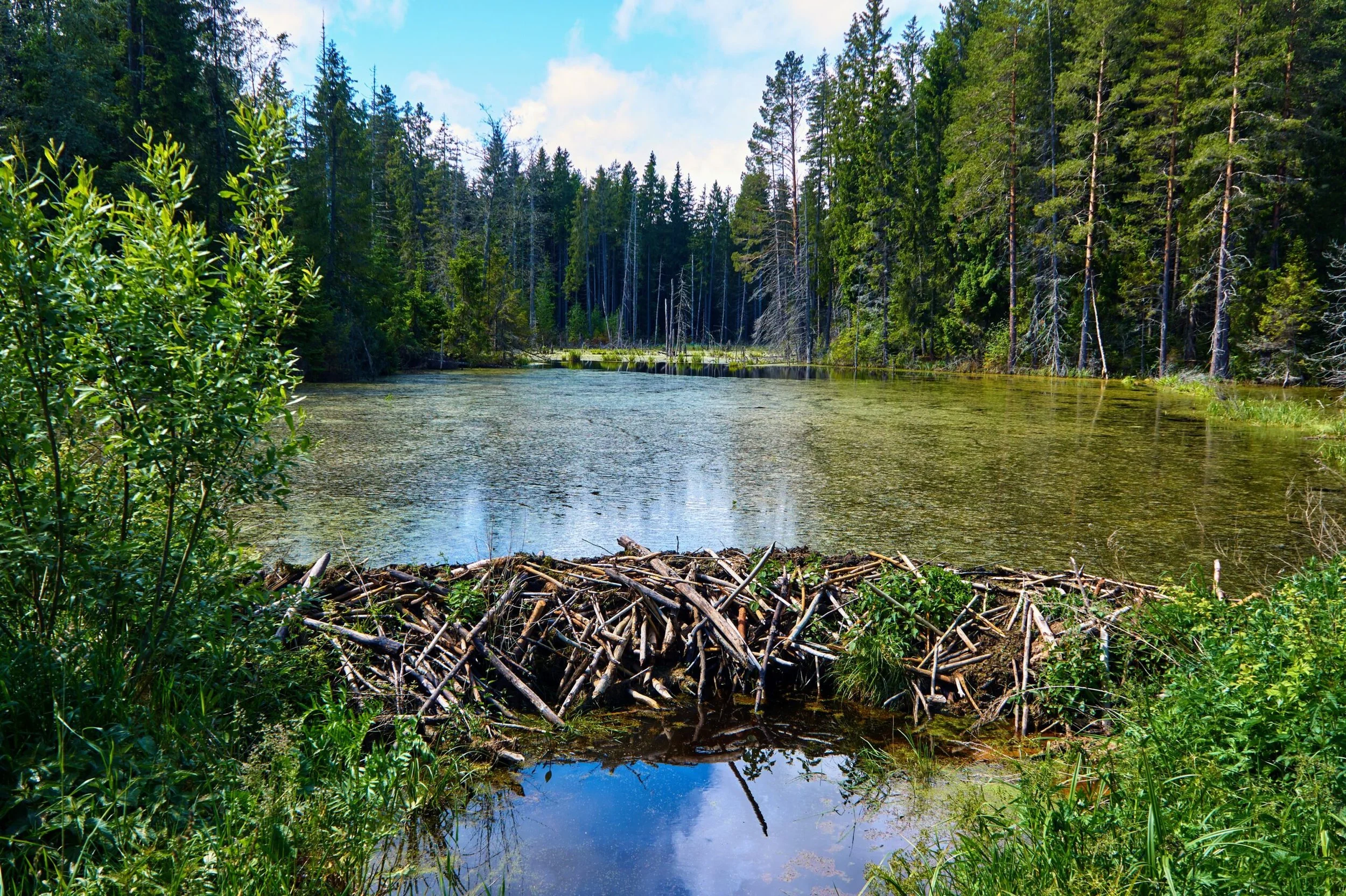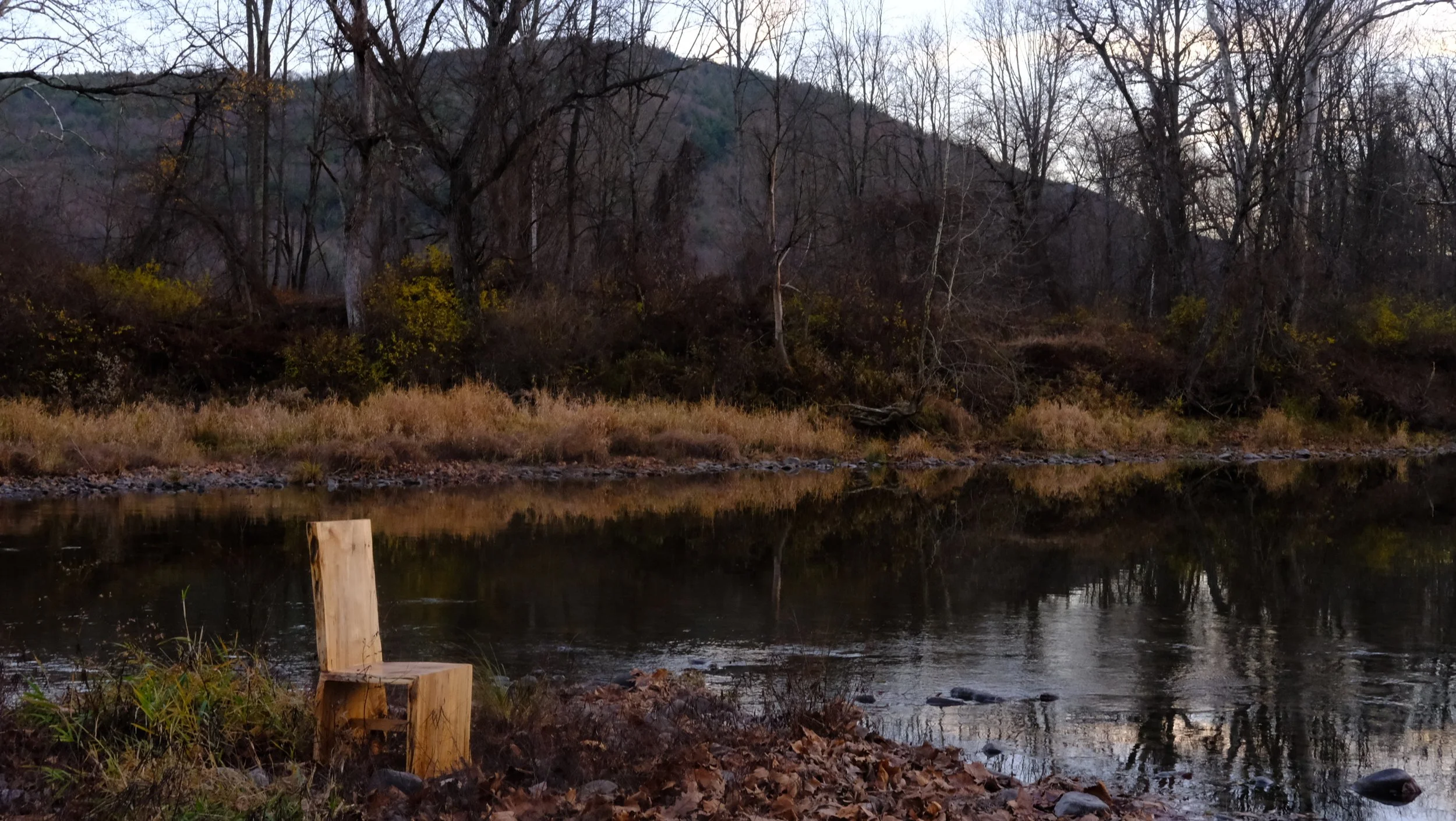Form and Formula
Form and Formula
When it comes to design, I try to let nature inform me before I try to inform it. Sometimes a customer and I will imagine furniture built upon unique natural forms that suits his or her needs, from which I will then explore to find the matching materials to create our idea. But what I find most evocative are natural serendipities and re-presenting those in a home.
Form
To learn the skills of woodworking, I built my first few tables trying to emulate the designs of great masters of the craft - both externally and internally, with ancient joinery techniques and natural edges. But soon I was hungering to create some of my own designs and not plagiarize, but respect what others had done before me. This was when my wife and I had an epiphany while walking in the woods. As we were walking in a park which serves as a natural reservation, and leaves fallen trees to decay and decompose off the beaten path, my wife said, “the beauty of nature in your own home.“ The phrase struck me. We were getting to know an old part of me which I had long forgotten: my middle name and portion of my identity — Benjamin - a lively, joyful, curious young man led by sparks of inspiration and not torn down by overthinking. Exploring wood felt like this part of my identity beginning to flourish, and we wanted to uphold that as the identity of the company. so, when she said that, I felt this spark within me, and it opened my eyes up to what was happening around me — Natural forms were brazenly before us, showing their shape and proclaiming their possibilities, and possibly their destinies. Suddenly, a fallen branch that elevated in the middle became a coffee table base. It’s atomic structure grew and remained in that curved way; it would stay strong if left curved; it would have a long life if I kept the legs hitting the floor where they landed like a cat when the wind knocked it down. Suddenly nature was teaching me form with such momentous serendipity.
For example, a coffee table I made called La Mar was one of those moments. One of my first customers and I conceived of a branch base table. So I contacted my mom, who was teaching sailing at the time, and was always finding pieces of wood washed up on the shore. I told her to send me pictures of any driftwood longer than 6 feet with a certain curvature. Well, by chance, in the next hour she found two contestants, and one of which finally became the base of the table. When I brought the wood home and debarked it, I noticed diverse and multicolored spalting (one of the early stages of rot in which a tree absorbs the minerals in water and gains unique lines, colors and curves in the grain of the wood). This was the ocean’s mark upon the branch. The branch itself flowed evenly up and down, like the waves of the sea, and believe it or not, the table’s final destination was for my customer’s beachside apartment near Cádiz in Spain.
lads
So, the forms of nature speak for themselves - but how could I reconcile the serendipities and imaginings I see in my head? What is the formula for Benjamin Woods to create pieces of furniture to consistently and faithfully to fit people’s desires and homely needs?
Formula
I don’t always have the ability, nor would it always be responsible to forage or fell every intriguing tree I find in public parks or even my own land. There is much debate at the moment about humanity’s role on this planet and how we should interact with nature. With a profit alone mentality, some people have warped and destroyed ecologies - creating monolithic hardwood and softwood forests which starve the micronutrient creatures underneath with no biodiversity, little sunlight, and thereby malnourishment. Then such organizations clear cut those forests for gain and make deserts bereft of life. The reaction to the mistreatment in the 19th & 20th century pushes us in this century to respond in the other extreme - that to fan our distaste for man’s greed, we feel in our heart he has no place in cutting down a single tree. This is a dilemma that I, as someone who loves both trees and Wood, have had difficulty in reconciling, until I heard a unique perspective: namely, that humanity has a place in nature. I know it sounds like basic knowledge, but it made me think of a few animals which use wood, like the beaver damming up a creek to house his family, or the robin which gathers twigs to make her children’s nest. How do they do it? What knowledge have we lost? Well, they do not deplete their resources, perhaps instinctually they always leave more wood for other creatures like a termite and worm, or perhaps their fellow sparrows and beavers. whatever their reasoning, they are balanced and careful - both in their building and sourcing. And so, I take primarily fallen trees, and ones that need to come down for insurance hazards, and not the entire source, leaving the rest for nature.
Now, which wood to use? For inventory and open creations, serendipity informs design.
For custom design, I work with the customer to customize furniture based on their needs: the dining culture, the size, shape, species which would reflect and embrace the room in which the pieces are going to, then search out the appropriate lumber for the project, all while humbly being open to what natural forms have to offer. A curved coffee table bending around a wood stove? Find a curved tree.
To truly represent nature, unity of species and of location is ideal for me. For example, The Patricia Dining Set is all splalted sugar maple from southern Vermont. One difficulty with that project was the wide slab for the dining table was cracked. The miller I purchase it from had a beautiful, less cracked, red maple slab that would have been the perfect size for the set. But I went with the wood that took more work to strengthen, because it came from the same area as the benches and chairs. This way I keep the wood that was together as trees, together as a dining set. That customer dines in southern Vermont every night in New York City.
The Gesamtkunstwerk, (or total work of art), for Benjamin Woods is to design rooms and buildings through and through, from furniture to walls, floors, ceilings and objects. A small example, is mirroring the home’s surroundings. If is is a beach house, looking out onto the sand, I would use blond wood like beech, ash or maple. If it is a forest home surrounded by black walnut trees, I would use black walnut wood to aesthetically respond to the homes location, and ground the house through that connection. A more complicated example is re-presenting a landscape. Say, at a given point in nature, 10 straight oaks line an open field. A few feet from them, an enormous maple rises and dominates the grassland, and large stones gather on the other side of that maple a few feet away. So, to represent that location as a living room we make long red oak wall panels, with a maple dining table a few feet away in an open floor plan, with green-streaked poplar floor boards to represent the grass. By the window is a stone bench, and through the house are pictures of the native birds to that landscape, and we have perhaps brought the beauty of nature within the home.
So, here form is informed by nature, honoring our own imaginations, and the formula is to work with each customer and to use and create as the world has already done, time and again.
Reimagining Oak
It all begins with an idea.
My association with Oak, perhaps like yours, was the “not-pine” hardwood— a sort of check in the box for decency in qualify furniture. I grew up with Oak flooring, Chests, dressers and other wood creations of the like. I also grew up around many oak trees, and would watch squirrels pick acorns in the fall, and chase each other in the spring.
Now a few things have, in my eye, bored the species to a commodity: interrupting the grain, and discoloration. When we stand next to a mighty oak, we can rest under its width, scan its massive hulk, its ability to destroy a roof, and do not generally think of it as small, as it is typically used. Envision flooring: every three inches a plank is interrupted with another plank, backwards, upside down, in some cases like parquet, even perpendicular against each other. There is no room for nature’s harmonious symmetry, or the story of the grain. Even with much furniture, a new glued in plank interrupts the last with little thought to their connection or direction.
It wasn’t until I saw this giant single oak slab in a lumberyard upstate NY that I was able to reimagine oak.
The wood speaks for itself, the grain beautifully points towards the head of the slab and leads toward a playful swirling near end. The wood is so symmetrical that you can even see it even began to crack down its center during the drying process. Also, aren’t the pink, brown and yellow hues so rich, even raw?
That second issue I see in many antiques is that perhaps oak was undervalued, and stained much darker to fabricate an elegance closer to black walnut or mahogany. By doing so, the furniture loses some of its unique multi-varied colors. And as the general aesthetic of homes gravitate toward the log cabin, Airbnb friendly, minimalistic, and naturalistic vibe, so should our furniture reflect their environs: both indoors, and out.
It is with these thoughts that I made on a red oak coffee table highlighting a beautiful single slab in its integrity.
It was one of the final cuts of a log, so one end of the slab thinned out as the tree grew narrower towards the top. From that fact, I centered the slab on the legs where it was thickest, and let the thin part suspend in the air to showcase that fact. And also, I knew the client I was crafting it for didn’t have children who might pull it down and was very careful with her furniture.
This is a simple demonstration of how we can reimagine oak, in all its beauty, strength, life and energy in furniture.
Thanks for reading.
Luke Benjamin Paige
Blog Post Title Three
It all begins with an idea.
It all begins with an idea. Maybe you want to launch a business. Maybe you want to turn a hobby into something more. Or maybe you have a creative project to share with the world. Whatever it is, the way you tell your story online can make all the difference.
Don’t worry about sounding professional. Sound like you. There are over 1.5 billion websites out there, but your story is what’s going to separate this one from the rest. If you read the words back and don’t hear your own voice in your head, that’s a good sign you still have more work to do.
Be clear, be confident and don’t overthink it. The beauty of your story is that it’s going to continue to evolve and your site can evolve with it. Your goal should be to make it feel right for right now. Later will take care of itself. It always does.
Blog Post Title Four
It all begins with an idea.
It all begins with an idea. Maybe you want to launch a business. Maybe you want to turn a hobby into something more. Or maybe you have a creative project to share with the world. Whatever it is, the way you tell your story online can make all the difference.
Don’t worry about sounding professional. Sound like you. There are over 1.5 billion websites out there, but your story is what’s going to separate this one from the rest. If you read the words back and don’t hear your own voice in your head, that’s a good sign you still have more work to do.
Be clear, be confident and don’t overthink it. The beauty of your story is that it’s going to continue to evolve and your site can evolve with it. Your goal should be to make it feel right for right now. Later will take care of itself. It always does.

